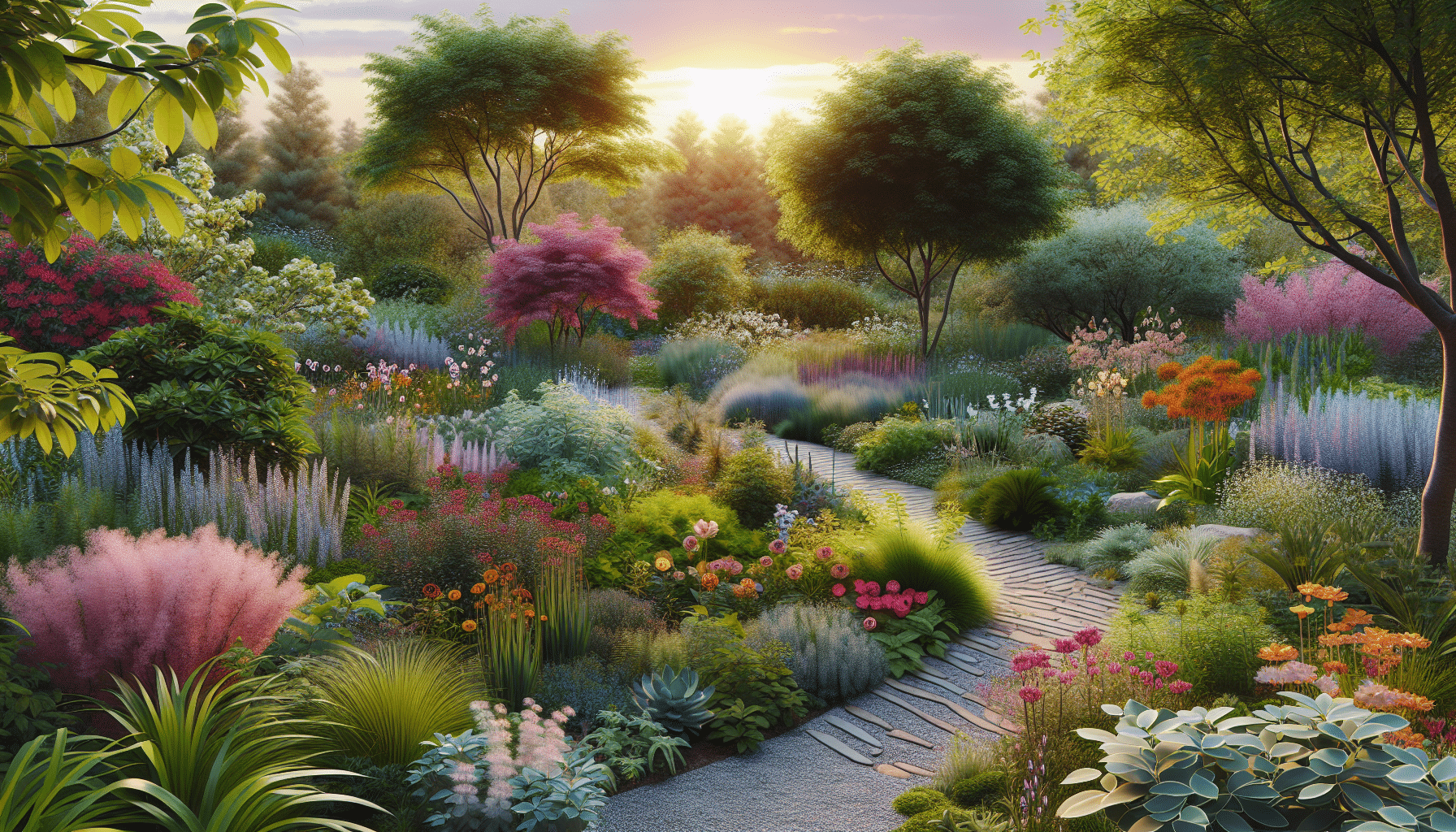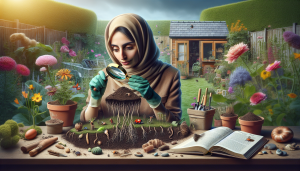Native Plants: The Secret to a Low-Maintenance Landscape
Welcome to the Secret to a Low-Maintenance Landscape: Native Plants
Creating a beautiful and low-maintenance landscape can be a daunting task for many homeowners. With busy schedules and limited time, the thought of tending to a high-maintenance garden may seem overwhelming. However, there is a simple solution that can save you time, energy, and money – native plants. Native plants are the key to achieving a stunning landscape without the hassle. In this article, we will explore the secret behind using native plants and why they are the best choice for a low-maintenance landscape.
What are Native Plants?
Native plants are plants that naturally grow in a specific region without any human intervention. They have evolved and adapted to their environment over time, making them well-suited for the climate, soil, and pests in their local area. These plants have a long history of successfully coexisting with native wildlife, making them an integral part of the ecosystem.
The Benefits of Using Native Plants in Your Landscape
There are numerous benefits to incorporating native plants into your landscape. One of the main advantages is their low-maintenance nature. Since native plants are already suited to the local environment, they require minimal care and maintenance. This means less time spent on watering, fertilizing, and pruning, allowing you to enjoy your landscape without constantly tending to it.
Additionally, native plants have deep roots that help retain water in the soil, making them more drought-resistant. This can save you money on your water bill while also conserving water, which is especially important in dry or drought-prone areas. Native plants also provide essential habitat for local wildlife, such as birds, butterflies, and bees, which is crucial for maintaining biodiversity.
The Importance of Using Native Plants in Landscaping
Using native plants in your landscaping is not only beneficial for your personal garden but also for the environment as a whole. Native plants have adapted to thrive in their specific region, making them more resilient to climate changes and less susceptible to diseases and pests. This means less need for chemical pesticides, reducing potential harm to the environment.
Furthermore, native plants help prevent soil erosion and filter pollutants, improving water quality. They also create a sense of place and promote a sense of community by showcasing the unique beauty of your local environment.
How to Incorporate Native Plants into Your Landscape
Incorporating native plants into your landscape is a simple and rewarding process. Start by researching the native plants in your local area to determine which ones are best suited for your landscape. Consider factors such as sun exposure, soil type, and water availability when selecting plants.
You can also consult with a local nursery or an expert in native plants for additional guidance. They can help you choose the right plants and provide tips on how to care for them. When planting, be sure to follow the recommended spacing and maintenance guidelines for each plant to ensure optimal growth.
In Conclusion
Native plants are the secret to achieving a low-maintenance and stunning landscape. By using plants that are well-adapted to your region, you can save time, money, and energy on maintaining your garden. Not only do they require less maintenance, but they also provide numerous environmental benefits, making them the ideal choice for any landscape. So go ahead and bring the beauty of your local environment into your garden with native plants. You won’t be disappointed.










